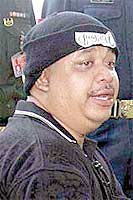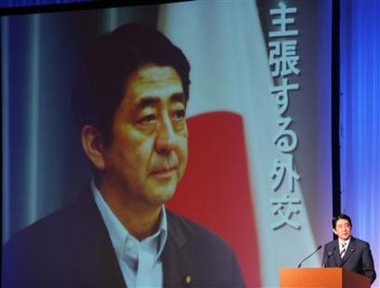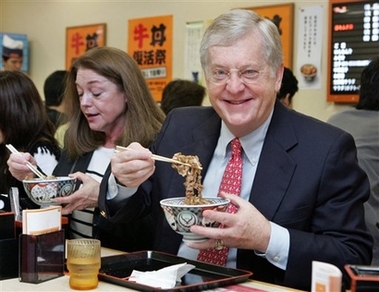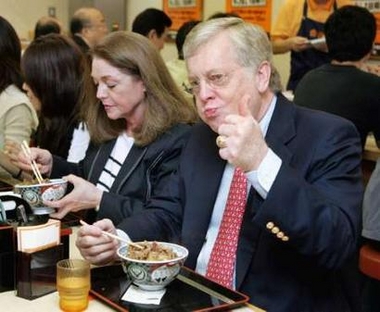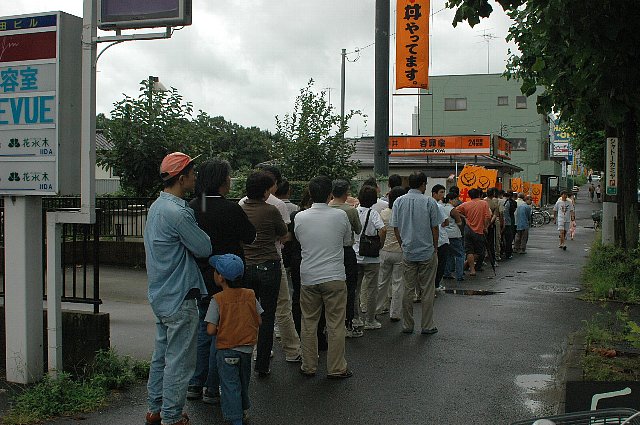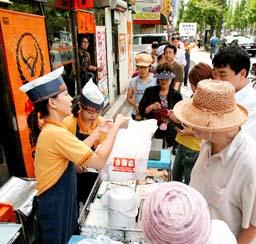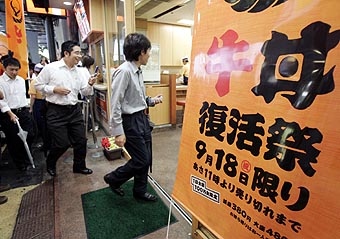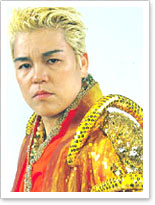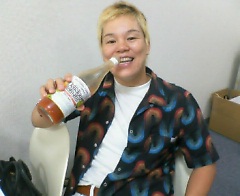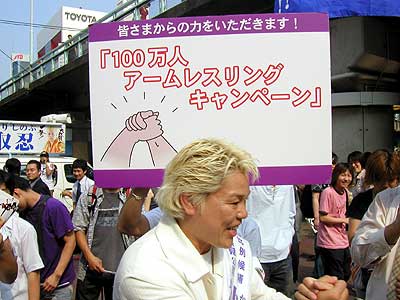Got this in my inbox today. It pretty much describes the situation on the ground… which is to say that nothing much has changed since before the coup except some businesses were closed yesterday and the rest of the world seems completely shocked:
PUBLIC ANNOUNCEMENT – THAILAND
1. This Public Announcement is being issued to alert U.S. Citizens traveling to and residing in Thailand to the recent military coup in Thailand. This Public Announcement expires December 19.
2. On September 19 a military group calling itself the Council for Democratic Reform Under the Constitutional Monarchy (CDRM) seized control of the Thai government and declared martial law. The CDRM banned any political gathering of more than five persons. The CDRM also banned the hoarding of goods or the increasing of the price of goods of any kind. The CDRM announced it will appoint a civilian government within two weeks as the first step to returning the country to democratic government.
3. The military deployed troops around key government facilities and other strategic locations, but there is little visible military presence elsewhere. There have been no indications or reports of any violence at this time.
4. Road traffic throughout the country continues to flow normally, although at reduced volumes. Public transportation is in service and all airports and most border crossings appear to be operating as normal. There have been reports of difficulty crossing the border with Burma at Mae Sot and Ranong. Americans who are scheduled to fly into or out of Thailand in the coming days are encouraged to contact their airline to ensure that the flight schedule has not been changed.
5. Given the fluidity of the current situation, the Department of State advises all American Citizens in Thailand to continue to monitor events closely, to avoid government installations and any large public gatherings and to exercise discretion when moving about.
And so on. Meanwhile, the Washington Post has managed to make the situation in Thailand somehow all about the United States:
Ideals and Realities Clash In Bush ‘Freedom Agenda’
At the United Nations lectern this week, President Bush hailed the spread of democracy. “From Beirut to Baghdad,” he said, “people are making the choice for freedom.” Yet even as he spoke, tanks were rolling through the streets of Bangkok as a military coup toppled the elected leader of Thailand, who at that moment was in New York for the U.N. session.
Should the president be held accountable if General Sonthi decides to overthrow the government? No kind of pressure or engagement by the US would have made any difference.
Oddly enough, Thaksin was seen by a lot of people as enough of a tyrant to warrant a coup, as a more sensible WP article illustrates:
“Democracy has won!” said an ecstatic Orathai Dechodomphan, 59, a tailor and Thaksin opponent who joined hundreds of people handing out roses to soldiers near the army headquarters. “Thaksin tried to steal power and did not respect our king. He never would have left on his own. What happened yesterday is our first step toward recovering a real democracy.”
King Bhumibol Adulyadej, who was seen by many here as having effectively allowed Thaksin’s removal, endorsed Sonthi, appointing him the official head of a new governing council charged with creating “peace in the country,” according to an announcement televised nationally.
Sonthi is close to the king, and there had been speculation that the monarch played a role in the coup. Sonthi dismissed those suggestions Wednesday, telling reporters: “I am the one who decided to stage the coup. No one supported me.”
It was an odd situation. The Prime Minister refused to step down in the face of massive “people power” protests that attempted to exert pressure on him outside the electoral system. They claimed that he had basically bought support among rural districts, making it impossible to simply vote him out. And when the king specifically told Thaksin to step down, he said he would only to reemerge as a “caretaker” prime minister between elections.
In such a quagmire, I can understand the Thai people’s relief to see a military that is seen as respecting the king put the conflict down without bloodshed. But Thai people can’t rely on benificent rulers forever. The king is old and his successor might not be as skilled at negotiating compromises that keep the country running smoothly, and there’s no guarantee that a future military coup will be so keen to talk the talk about democracy.
The Nation, an English-language Thai newspaper, stresses the cost of this coup:
Military intervention in a democratic system is always a “bad habit” that may stick if we once again allow ourselves the illusion that this will be the last time this dose of strong medicine is required to cure a serious disease.
Even if the first declaration from coup leaders sounded uncharacteristically apologetic (“Forgive us for the inconvenience caused”), once a political precedent of such proportion is set, it invariably stays. True democracy means never allowing coup leaders the excuse to stage their next exercise, even if they say they are sorry for their previous one.
In other words, if we can’t devise an effective system to get rid of a despot through constitutional means, that means we haven’t really graduated beyond the basics of democracy.
To end on a lighter note, there’s a Sgt. in the Army who has admitted involvement in the possibly staged assassination attempt on Thaksin about a month ago. How he can wear a knitted hat in freaking Thailand I don’t know, but he looks good in it nonetheless:
